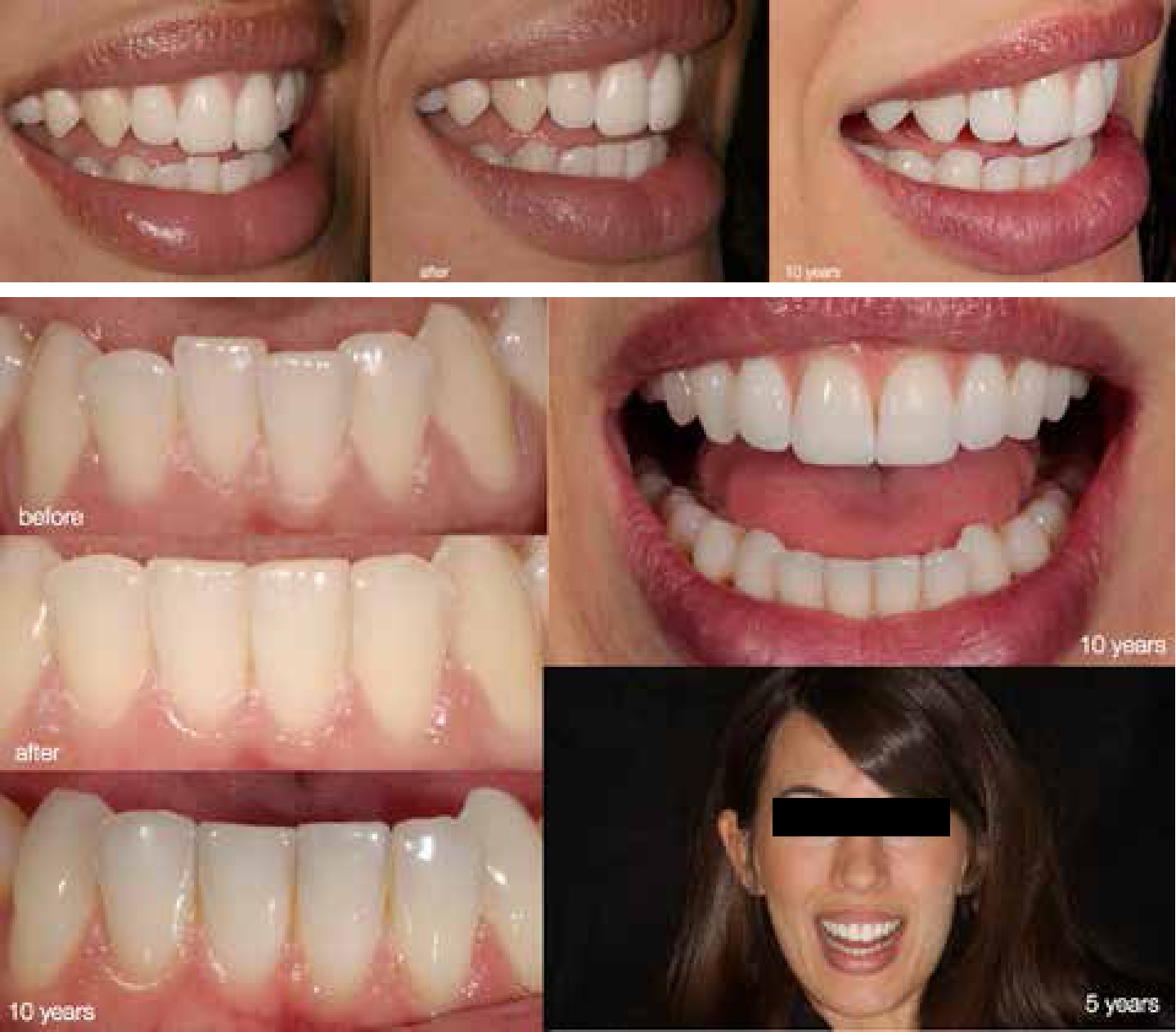Article
I am writing in response to your editorial comments in the May issue of Dental Update.
You raise an important point about exercising caution when approaching orthodontics.
Currently there seems to be a fashion to lump short-term orthodontic systems altogether, when there are important differences of which many may not be aware.
Firstly, there is a large variance in what kind of treatments are being offered with these systems. Some are marketed to teach general and inexperienced dentists effectively comprehensive fixed orthodontic treatment in a weekend. Others are teaching simple orthodontics via anterior tooth alignment with removable appliances. Some, including myself, would argue that the latter is a more appropriate starting point.
Another fundamental difference is one of planning and the use of arch evaluation. Some systems, including my own (Inman Aligner), teach this and the importance of it with regards to case planning, case selection and space analysis for measured Interproximal Reduction (IPR), if appropriate. It should be the clinician's responsibility to ensure that there is a plan for where the teeth are to be moved and how much space this may require. It is simply not good enough to allow a technician to decide.
Amongst some of the stands you visited, dentists are told to create space by simply ‘eyeballing it’. In fixed orthodontics this is likely to lead to R Chate's BDJ accusations of flaring the arch ‘Truth or consequences: the potential implications of short-term cosmetic orthodontics for general dental practitioners' (BDJ 2013; 215: 551–553). A Ni-ti Wire will simply unwind, regardless of how much space has been created. If the space required has been guessed at, and not enough space creation is carried out, of course you will end up with a flared arch. With overstripping you will end up with spaces and more than likely a constricted arch.
With measured digital arch evaluation, as I have been teaching for nearly 7 years, this is unlikely if clear instructions are given to the lab making the set-up. Even more so as all Inman Aligners are built on a 3D printed model that has been set up according to the arch evaluation. I would argue that we can be more controlled with anterior occlusion than ever before with this type of planning. Arch evaluation is determined by reference points, occlusion, function and aesthetics.
The printed model also means that the case can be properly consented as the patient can see an actual end result and any compromises clearly. The interesting thing here is that the model is a true representation of the end result and, if the dentist fails to recreate the measured space, the case simply will not work, and will not end up flared. Printed models are, in my opinion, one of the biggest steps forward in aesthetic orthodontics that most people have yet to appreciate. Our technique has developed intensely using digital technology/scanning and printing and with mandatory mentoring for every dentist that comes through our system. Imminently the course will go from being a one day course to effectively a 6–9 month course as the first few cases will have to be submitted, and reviewed, before any kind of web listing/certification can be offered.
Embarrassingly, it seems that you sat in on a lecture given by one of my partners and that there were no references on the slides. That surprises me as all my presentations should contain all relevant references. The references should refer to treatment protocol related to simple orthodontic treatment carried out with Inman Aligners. I will take this up with him but I have a feeling that his love of cool, ‘uncluttered keynote screens’ might have scuppered him here!
As you are aware, I have already published two articles in Dental Update which contain those missing references:
The missing references should have referred to several protocols:
With reference to long-term stability, here is an almost 10-year follow-up series of photos from Case 1 of the Dental Update article from 2008 (page 382). I saw her a few days before I read your editorial and thought it would be a nice follow-up as this was the first patient I treated with Inman Aligner – a post orthodontic relapse, now corrected, fixed retained and stable for nearly 10 years.
Stability is often debated in orthodontics and RM Little's 1999 study brings home one of the most important messages that seems to have been lost in dentistry in current times (Little RM. Stability and relapse of dental arch alignment. University of Washington Studies. Semin Orthod 1999; 5: 191–204).

This study, if only viewed from an orthodontic perspective, showed that most forms of adult orthodontics are not stable and require retention for life – not a surprise.
More interestingly from a restorative dentists perspective, the study also showed that patients who did not have orthodontics also suffered collapsing of the dental arch on a similar level – the long-term occlusal, functional, periodontal and aesthetic affect of this on top of the orthodontic one is potentially immense, and I believe that over the next 10 years patients will become more aware of this and realize that their dentists never told them or did anything about it. Those of us who have been taking photos over 5, 10, 15, 20 years can see this clearly. This means that there are more patients than we can ever imagine who at some point will need treatment, and it is highly appropriate that simple mild cases are treated by general dentists.
Here are a few important points for readers to digest:
Finally congratulations to Raman Aulakh and Subir Banerjee for an excellent write up in the May issue.
